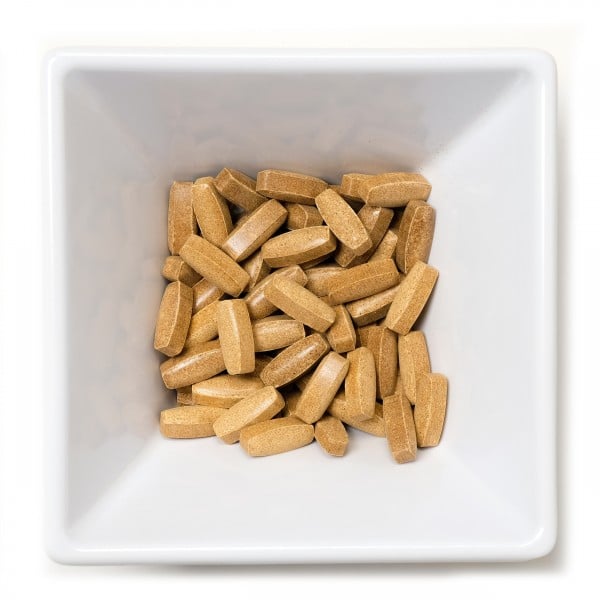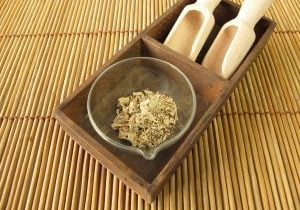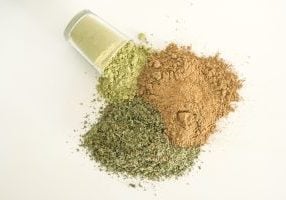Kratom can be consumed in many different ways. Some people chew on the leaves directly, while others make tea from the leaves or ground powder. It is also common to make kratom extracts, which are concentrated forms of kratom alkaloids distilled directly from powder or leaves.
There are many different ways to make extracts, which means there are many types of extracts available. Most commercially available kratom extracts are formulated in labs with expensive equipment, but you can actually use some of the simpler processes at home to make your own extracts.
Some types of kratom extracts are quite easy to make, while others require more time and effort to get right. The concentration of alkaloids in extracts can vary depending on how they’re made, but extracts in general are much more potent than leaves or powder alone.
Extraction methods
There are three main ways to make kratom extracts, and each of them have different potencies. Steeping kratom in water is the least concentrated form of extract, followed by water-based extracts. The most concentrated type of kratom extract is resin, which is also the most expensive and difficult to make of the three
Since there isn’t a standardized way to make extracts, it’s possible that some things used to make the extracts might have effects of their own. It’s important to know how an extract is made, so consumers can be prepared for that.
Tea: the simplest extract
The simplest way to make a kratom extract is to steep it in water and make tea. This is a good way to get easy access to kratom’s alkaloids, but kratom tea usually isn’t very concentrated unless it’s steeped for a very long time. Concentrating the tea after it’s made can help, but it can’t be concentrated as much as other types of extract, so it’s not as potent as it otherwise could be.
You can easily add flavorings to kratom tea, and combining multiple types of kratom into one extract is simply a matter off adding each one to the water before heating it. It’s important not to make the water too hot, because the alkaloids in kratom can break down in boiling water.
Water-based extraction
Water-based kratom extracts are more labor-intensive than tea, but they result in a much more concentrated product. To make a water-based extract, raw kratom leaves are dissolved in a mixture of ethanol and water (or just water). It’s best to add some citric acid as a preservative, and to test the extract to make sure that its pH is acidic, preferably around 4.
After shaking the mixture vigorously, it should be left in a dark place for 1-2 weeks so it can steep. Finally, the mixture needs to be strained, and half should be evaporated. The extract is usually much thicker by this point, and can be kept in a dark bottle.
This method is clearly much more complicated than simple steeping, but the concentrated extract can be well worth it. Most liquid Kratom extracts are made in this same way, often with added glycerin in them to balance out the acidity.
Resin
Resin kratom extracts are different from the previous two extraction types, because they are semi-solid, rather than liquid. Since they have so little liquid in them, they are extremely concentrated, but they are also difficult to make properly. In terms of time, though, they’re faster to make than water-based extracts.
First, add just enough water to kratom powder to cover the powder. Mix it well, and add lemon juice, lime juice, or vinegar to make the mixture acidic. After leaving it to steep overnight, freeze the mixture solid. Add the frozen kratom to boiling water, add more lemon or lime juice, then simmer until a quarter of the water is gone. Cool and strain the mixture. Evaporate half of the strained water, then simmer the wet powder with water and lemon or lime juice again. The powder can be simmered and filtered at least one more time.
Once the water is saturated, pour it into an oven-safe dish, no more than 3 inches deep, and set the oven to 150-200 degrees Fahrenheit. Once the water evaporates, a thick resin will be left behind.
Storage
Any type of kratom extract should be stored away from light, so dark bottles or containers are ideal. The containers should also be airtight, away from strong smells. The alkaloids won’t break down like they would if they were boiled, but extracts can lose their potency if contaminated.
The simple steeped extracts are usually the easiest to handle and clean up, but the thick resin extracts make the most out of the kratom you have, and may last longer because they’re more concentrated. It’s probably best not to make resin extracts until you’re familiar with making water-based extracts, since it’s easy to ruin a batch of kratom by turning the heat up too high or failing to balance the acidity properly.
Enhanced kratom
There is another form of kratom preparation that is not technically an extract, but it can be prepared using an extract. This form is called enhanced leaf. This is made by soaking kratom leaves in a potent extract, made by one of the methods already covered, and then grinding those leaves into powder. This enhanced leaf, in theory, is more powerful than other preparations, and can be made into an extract itself.
Whether this type of preparation works depends on if the leaves take up the alkaloids in the first extract. This preparation might be too labor-intensive for most people, but it may have benefits over the simpler preparations. If you’re not ready to try this yourself, we also have enhanced Kratom for sale.
Conclusion
Teas, liquid extracts, and resins are all proven to extract alkaloids from kratom leaves, and they are often more palatable than simply chewing on raw leaves. Extracts often have a bitter or acidic taste, similar to coffee, but this can be counteracted with flavorings or sweeteners. Flavorings and sweeteners don’t seem to affect the alkaloid content of kratom resins.
Although water-based extracts are generally more concentrated than tea, and resins are more concentrated than water-based extracts, those are just general guidelines. It is possible to make an especially concentrated water-based extract, or a less concentrated resin, depending on how much kratom you start with.
The best way to find out which of these methods works for you is to safely experiment to see what you like.
Click here to browse our selection of Kratom extracts and enhanced products now!











